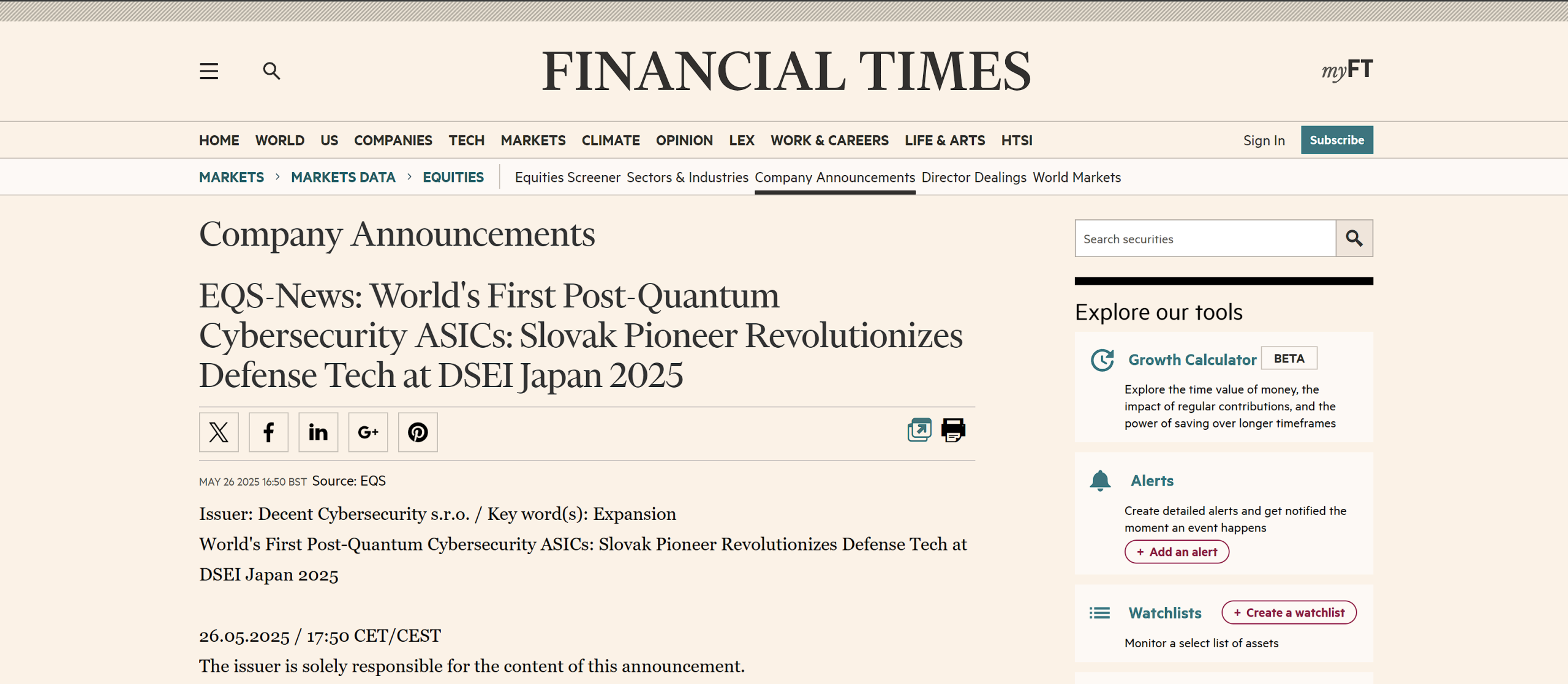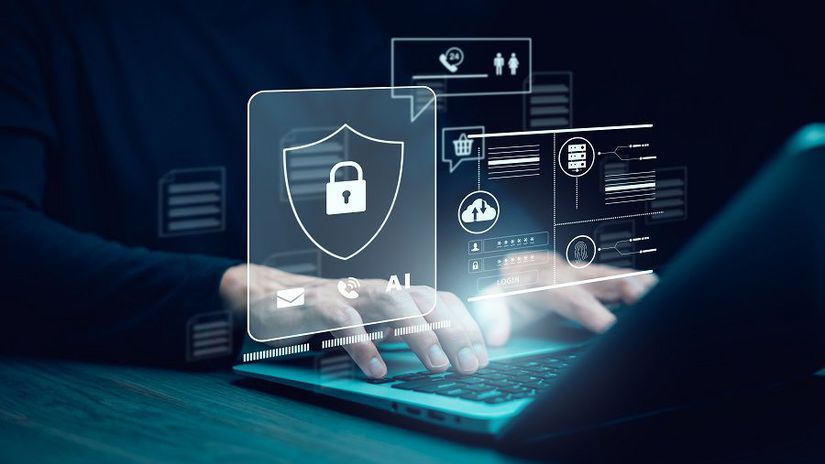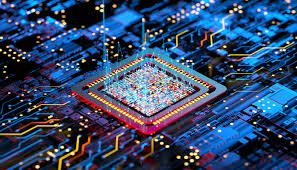As unmanned aerial systems (UAS) increasingly populate our skies, the security of these systems, especially concerning Remote Identification (Remote ID), is paramount. Remote ID acts as a digital identity card for drones, broadcasting information such as location, altitude, and the control station’s location. However, the advent of quantum computing poses new threats, potentially rendering current cryptographic techniques obsolete. This article delves into the critical role of post-quantum security in fortifying Remote ID systems, ensuring that the future of drone operations is not only efficient and compliant but also quantum-resistant and secure.
Introduction to the Quantum Threat
Quantum computing represents a significant leap forward in processing power, offering the ability to solve complex problems much faster than classical computers. However, this power also brings the capability to break many of the cryptographic algorithms that current Remote ID systems rely on, potentially exposing drone communications to interception or manipulation.
The Essence of Remote ID in Drone Operations
Remote ID serves as a real-time digital fingerprint for drones, providing crucial information necessary for secure and compliant airspace management. It is fundamental for collision avoidance, airspace compliance, and security measures. The integrity of Remote ID systems is therefore crucial for the safe integration of drones into national and international airspace.
Post-Quantum Cryptography: A Shield Against Quantum Threats
Post-quantum cryptography refers to cryptographic algorithms believed to be secure against the vast computational power of quantum computers. Integrating post-quantum cryptographic algorithms into Remote ID systems is essential to ensure that these systems remain secure and tamper-proof, even in the face of quantum threats.
Ensuring Long-term Security and Trust
By adopting post-quantum security measures, stakeholders can ensure the long-term security and trustworthiness of Remote ID systems. This is not just about protecting data but also about maintaining the integrity of airspace operations, preventing unauthorized use of drones, and ensuring that the skies remain safe for all users.
Challenges in Implementing Post-Quantum Security in Remote ID
Transitioning to post-quantum cryptography presents several challenges. These include the computational overhead of post-quantum algorithms, the need for standardization and interoperability, and ensuring a smooth transition from current cryptographic systems without disrupting existing drone operations.
Collaboration and Standardization
Addressing the quantum threat requires a collaborative approach involving industry stakeholders, academia, and regulatory bodies. Developing and standardizing post-quantum cryptographic solutions for Remote ID will be crucial for ensuring a coherent and unified approach to securing drone communications in the quantum era.
Conclusion
The integration of post-quantum security into Remote ID systems is not just a precaution but a necessity in preparing for a future where quantum computing is a reality. As the drone industry continues to grow and the skies become increasingly crowded, ensuring the quantum-resilience of Remote ID systems is paramount. By proactively addressing these challenges, the drone industry can ensure that the revolution in our skies is secure, efficient, and ready for the future.







